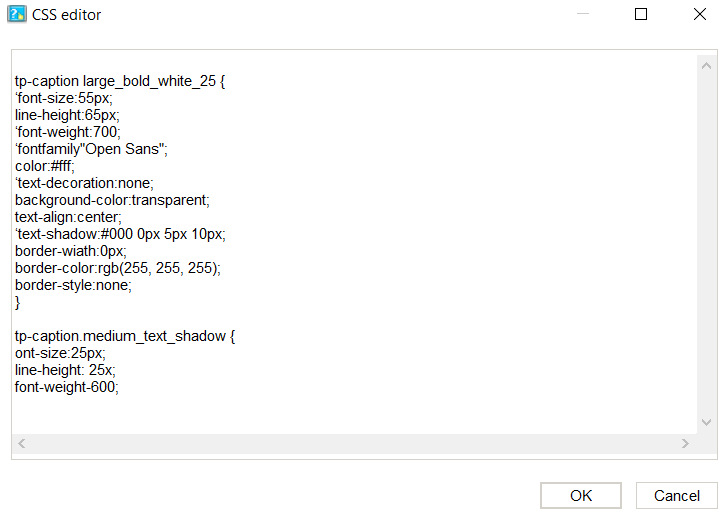Customizing documentation pages with CSS
Dr.Explain provides many ways to customize the structure and appearance of help pages. If you know CSS, you can write your CSS code that defines the appearance and behavior of specific page elements.
Quality content alone is not enough for an online manual to have a remarkable appearance. Think about the appearance of the manual pages, their menus, navigation, and other interactive elements.
Dr.Explain allows you to customize the style and structure of the online manual pages.
If you're not familiar with CSS, you can easily customize the visual style of your pages by applying predefined color themes that you can change according to your needs.
Suppose you are familiar with cascading style sheets (CSS). In that case, Dr.Explain provides the ability to customize the appearance and even the behavior of the elements and blocks of your online manual.
Why do we need CSS?
CSS is the code that defines how the elements of a web page look. When using CSS, it is enough to specify only the page structure and content in the HTML file: blocks, their location, and content, but the appearance of these blocks is determined by CSS. This approach, which separates the description of the content and its external presentation, dramatically simplifies the layout and support of web pages. That is the approach used by Dr.Explain when generating pages for online help or help files in CHM format.
To override the CSS for the elements of the online manual pages created in Dr.Explain, use the "Additional CSS" section in the "HTML export" section of the project properties.


